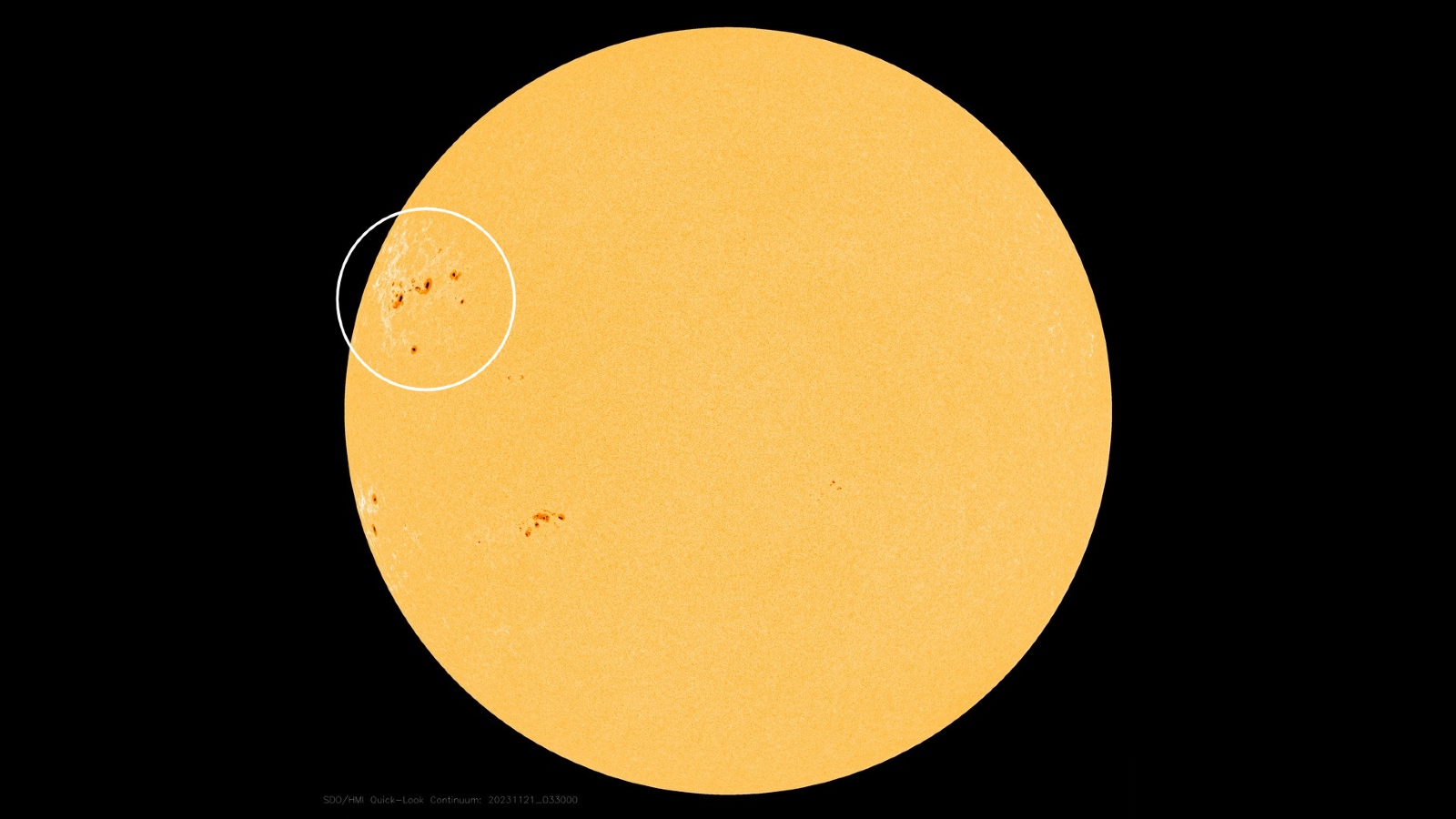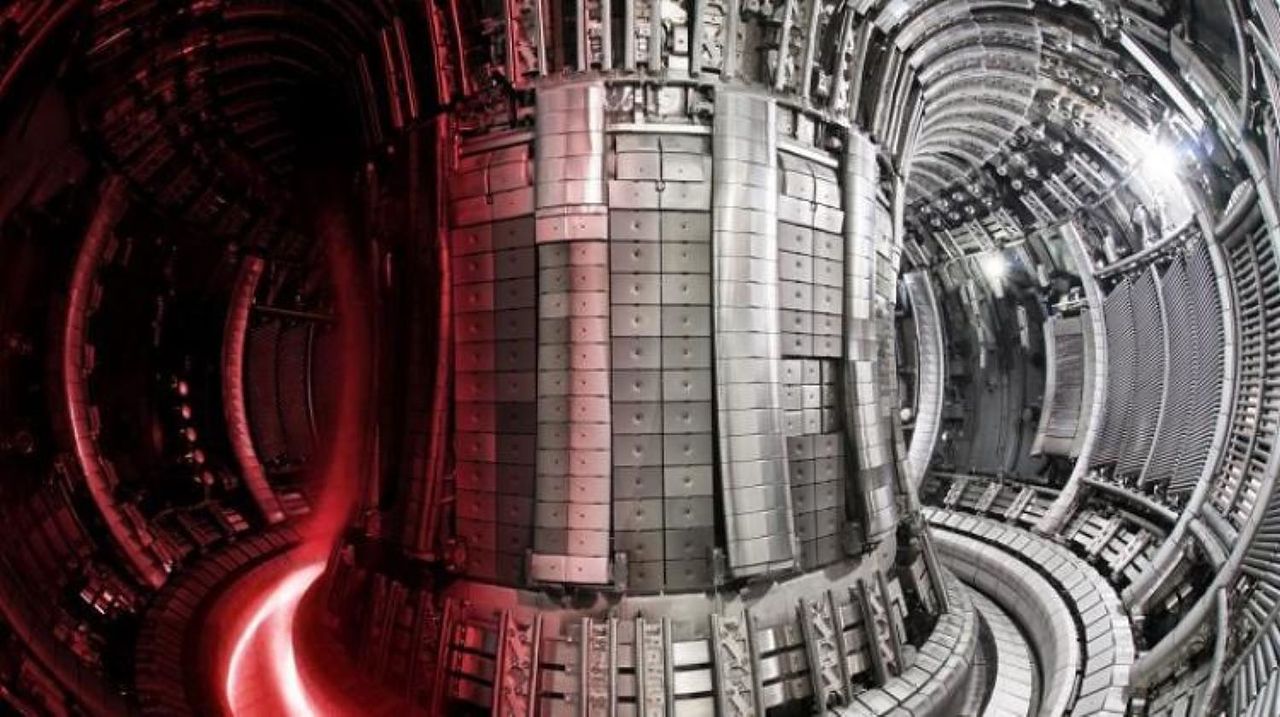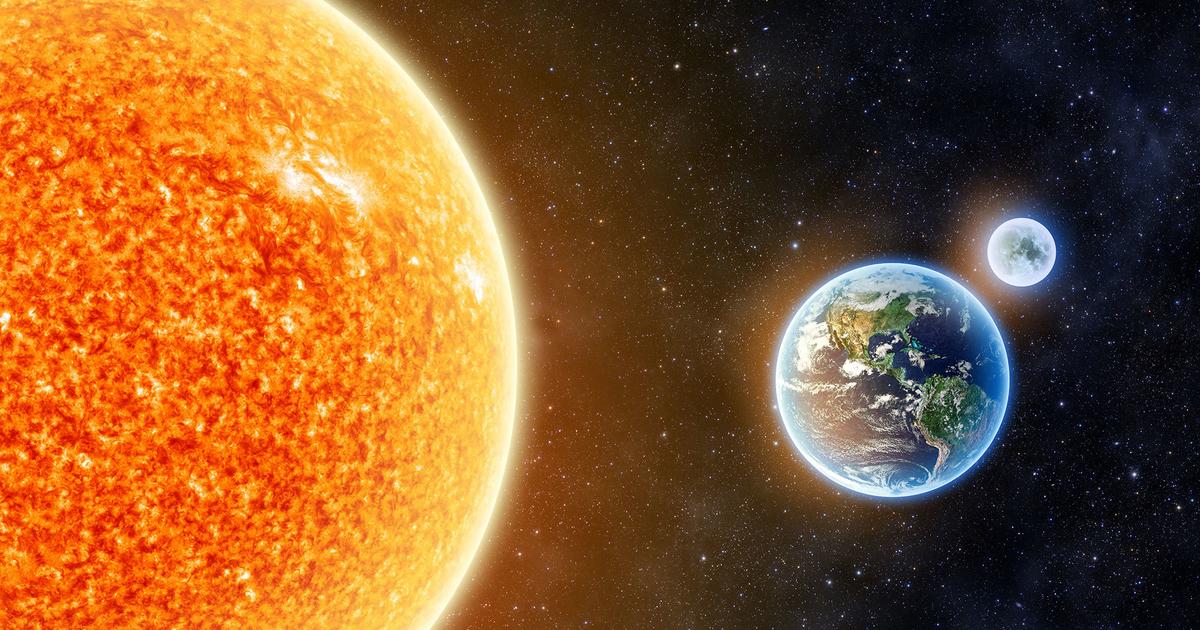Unfortunately, the latest news about the sun It does not arouse optimism. All thanks to the identified areas filled with sunspots. The first, named AR3490, was observed on November 18. Shortly thereafter, another ‘spot archipelago’ was observed migrating in the form of AR3491.
Read also: The sun surprised scientists. A light that he had never seen before appeared above him
What are these things anyway? The simplest way to describe them is that they are dark areas on the Sun’s surface, with strong magnetic fields and relatively low temperatures. The more spots there are, the more violent and intense our star’s activity is. They have been increasing in recent years as we approach peak solar activity, which is expected to occur around next year.
Recent events show that the upcoming summit is not just speculation from scientists, but rather real. Interestingly, they knew what was coming, because the new spots cover such a large area that they are beginning to affect how our entire star vibrates. There are so many of these things that we are slowly losing their names. Researchers talk about new spots such as AR 3492, AR 3495, AR 3496 and AR 3497.
Recently observed sunspots on the surface of our star have already given rise to powerful flares
They compare its accumulation to an archipelago of sunspots covering a huge area. We are talking about an area with a diameter of about 200 thousand kilometers. It can fit on about fifteen of our planets. Unfortunately, for all those who don’t like the complications caused by the interactions of high-energy solar particles with the Earth’s atmosphere, we have unsatisfactory news.
These spots have caused at least 16 C-class flares and 3 M-class flares over the past four days. As for their classification, there are four categories: B, C, M, and X. C and M are the second and third most dangerous. The forecast for the coming weeks is not better, and experts are even talking about the appearance of X-type flares. These are, of course, particularly dangerous.
Read also: An exploding star in the distant universe shook Earth’s atmosphere. Is it dangerous for us?
The so-called coronal mass ejection. When this happens, high-energy particles may be directed toward Earth. If it hits our planet directly, the consequences are the most serious, although of course everything depends on the strength of the flare. Sometimes such activity results in spectacular light shows (aurora borealis), and other times it leads to communications outages or damage to satellites in Earth’s orbit. In the worst-case scenario, there is talk of damage to electricity networks or the Internet.

Echo Richards embodies a personality that is a delightful contradiction: a humble musicaholic who never brags about her expansive knowledge of both classic and contemporary tunes. Infuriatingly modest, one would never know from a mere conversation how deeply entrenched she is in the world of music. This passion seamlessly translates into her problem-solving skills, with Echo often drawing inspiration from melodies and rhythms. A voracious reader, she dives deep into literature, using stories to influence her own hardcore writing. Her spirited advocacy for alcohol isn’t about mere indulgence, but about celebrating life’s poignant moments.






